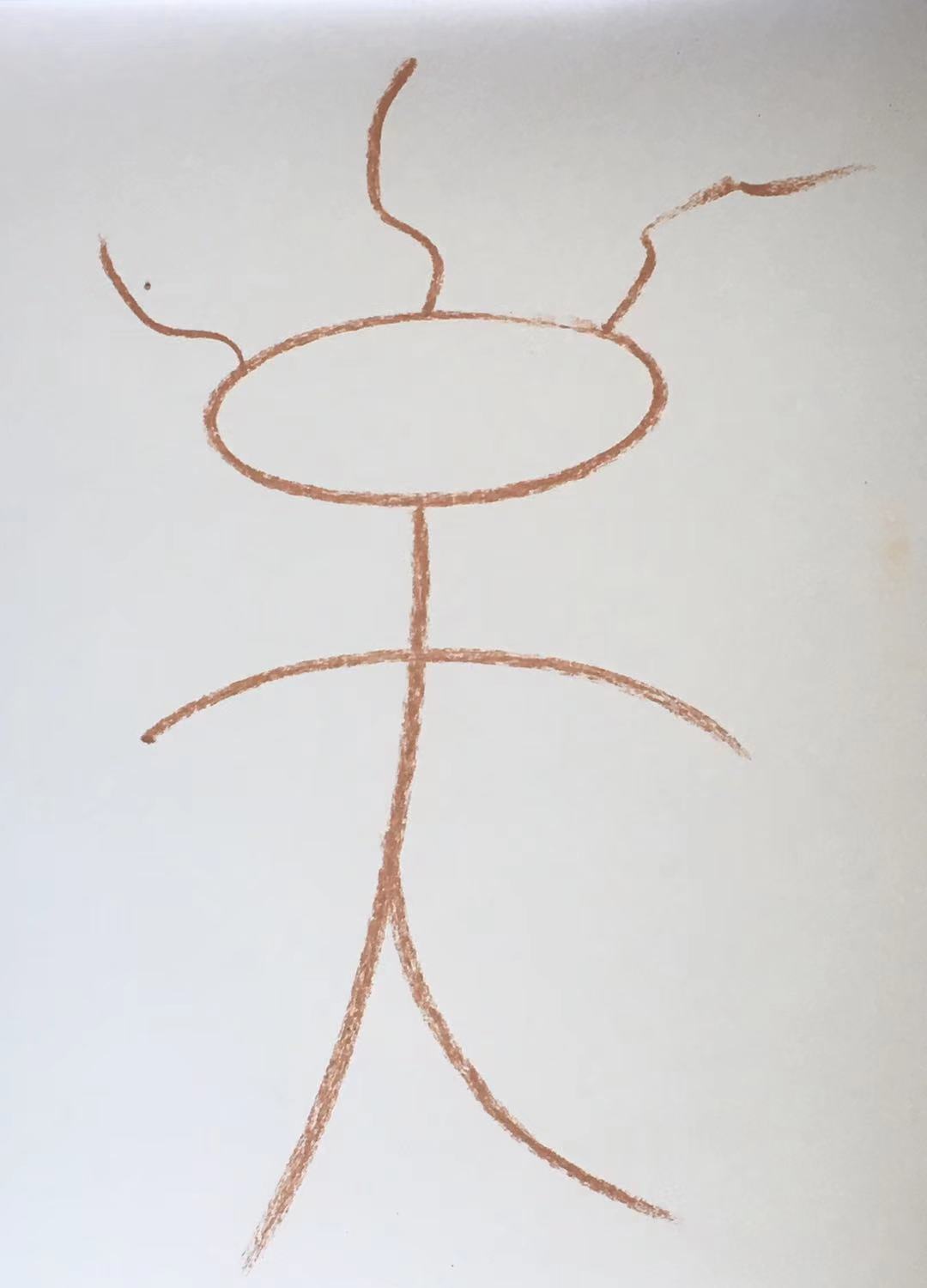Talk/Walk:
A talk filled with many questions followed by a wordless walk
The talk can be given remotely, the walk can only be taken in Prespa.
We are animate forms of life, when walking we insert ourselves amongst other animate forms of life as rhythms, we walk in concert.
Choreographer Maxine Sheets-Johnstone argues that Movement is our mother tongue (1999a / exp. 2nd ed. 2011). Movement is a repertoire not only of humans but of other forms of life. We share breath with the landscape. We host multiple rhythms that not only enable us to move but to be soundmakers. Sounds like breaths do not discriminate between humans and non-humans.
Anthropologist Erik Mueggler differentiates between two distinctive ways of relating to landscape in the Naxi territories in Yunnan, China, where I lived for almost three years. The relation cultivated by botanists, he argues, was one of surveying and the one cultivated by Dongba …. auscultated it’s (the landscape’s) depth, threw out lines of communication to its hidden presences, and divined traces of a past that had vanished from its surfaces.’ (Mueggler, 2011:45).
What methodologies might we develop to activate inner resources of auscultation?
I will give short examples of rituals by experts (a Dongba and an artist working in the UK)
and rituals by ordinary folks for ordinary activities (from Naxi culture and my adaptation for working in a UK/European context). The latter aspires to walk liminal corridors into being.
Following the presentation, I ask attendants to walk, to walk at their own pace, to insert their rhythm and to cede ground, to let something approach, questions that are better asked from Prespa than elsewhere.



